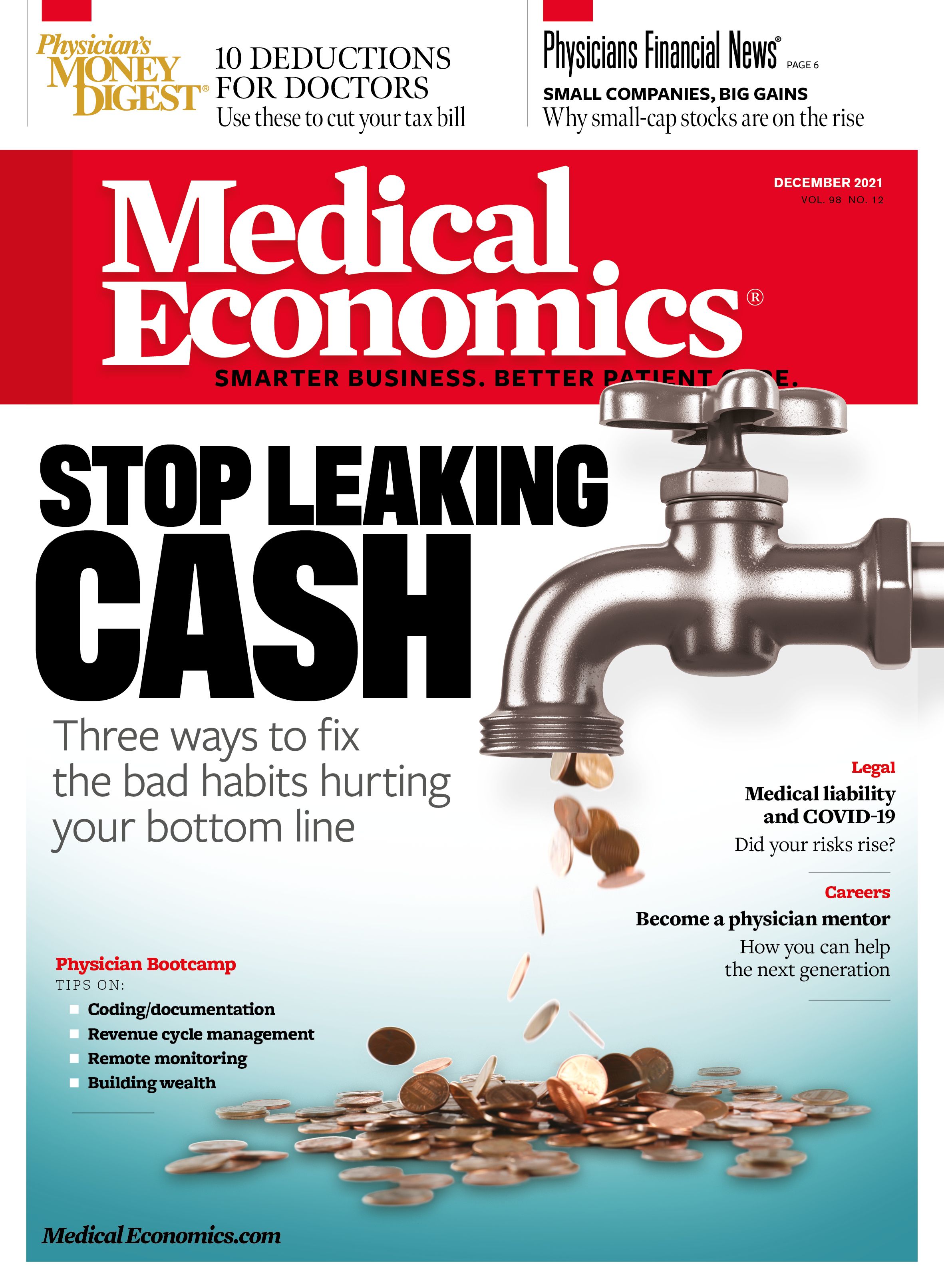Publication
Article
Medical Economics Journal
Coding and documentation best practices
Author(s):
Click here to access the full session video and slide deck (registration required).
Introduction:
The difference between a financially and clinically successful practice and one that is struggling often comes down to whether they have the code right and document thoroughly. Changes in 2021 to major coding categories, such as evaluation and management (E/M) coding for office visits means major change that can hamper your operations if not done well. Denials, one of the major aggravation points for practices, are possible with any filed claim, especially since each payer has their own policies, which change constantly.
What can practices do to tighten up their coding and realize all the revenue they are owed?
Learning objectives
Understand E/M coding changes and what it means to the bottom line.
Learn the most common reasons for claim denials and how to prevent them.
Meet the panelist
Bill Dacey, M.H.A., MBA, CPC, CPC-I, principal of The Dacey Group, Inc., a consulting firm specializing in physician coding and compliance
Coding and documenting best practices
The E/M changes that went into effect in January were designed to simplify the process and can be a financial net win for practices. Now, physicians will select the correct level-of-care code based on total time spent on the date of the encounter or medical decision-making (MDM) —whichever is most financially advantageous.
Regarding E/M coding, Dacey recommends that practices understand the intricacies of coding by time and MDM. (For a detailed breakdown, including coding tables, check out the full video and slide deck on MedicalEconomics.com.)
Beyond coding these aspects correctly, the other issue for practices is that some of the documentation categories that are no longer relevant for payment remain relevant on a clinical basis, Dacey notes.
“We know history and exam are no longer relevant for code selection, but you still have to do each for every encounter,” he says. “We’re assuming that the note is still going to have everything in it that it needs from a clinical perspective. Some doctors have just completely abandoned it and just have an assessment plan. That’s not really OK because you still need to have enough to support the clinical element of things, and it also doesn’t tell the payer the whole story of what that encounter is all about.”
The good news for physicians is that Medicare payments for almost every E/M level increased. For example, Dacey says reimbursement rates went up 19% for code 99213, 21% for code 99214 and 23% for code 99215, which are level-of-care codes for established patients.
The key to successfully coding under the new E/M changes is that documenting medical decision-making is key, says Dacey, noting that payers look in the assessment and plan (A/P) to see if you provided enough medical necessity to back up your claim. So be sure to do the following:
Document any specific differential diagnosis and any suspected problems or concerns that need to be considered, ruled out, etc.
Identify the diagnosis, status, prescriptions and treatments to manage each problem.
Characterize the problem — don’t just name it.
Introduce the scope in the history of present illness, and then showcase it in the A/P.
Regarding how to avoid claim denials, Dacey says that most denials are the result of basic mistakes such as filing duplicate claims, not verifying eligibility, failing to review prior authorization or missing the timing deadline.
“There (are) a lot of ways to go wrong here,” Dacey says. “There (are) a lot of ways to very easily get denials.”
The best thing practices can do to avoid denials is to analyze common denials and use that knowledge to build better processes. “The number and types of denials actually tell you where the weak parts are in your machine, what part of your operation needs to get sharper,” he says.
Dacey also points out that while some denials are simple, others are incredibly complex and can affect downstream care, i.e., hepatic encephalopathy (HE). Because of diagnostic coding changes on the transition to ICD-10 some years ago, there is no longer a “pure” HE code; thus, incorrect coding for this condition is leading to prior authorizations, which is leading to patients not receiving the treatment they need and ending up in the hospital. Using the recommended ICD-10 codes for HE patients who are in a coma (K72.91) or not (K72.90) is crucial.
Dacey emphasizes that the key to a coding and documentation program that captures all revenue is not looking for ways to cut corners or for little missed opportunities but, rather, getting it right on the most common patient visits you have.
“Everybody is always looking for ways to cut corners and those little extra things you can do,” he says. “And I keep telling people, ‘Stop looking over there, and look right back at what you do all day long — and make sure you have the big ones right.”
Solutions and takeaways:
Changes in 2021 to E/M office visit coding mean that medical decision-making and time are key to getting paid, but other aspects such as history of present illness, assessment and plan are still necessary for appropriate clinical care.
Most denials are caused by common mistakes, and the best way to avoid them are to put processes in place to flag the most common reasons for denials in your practice and address them.






